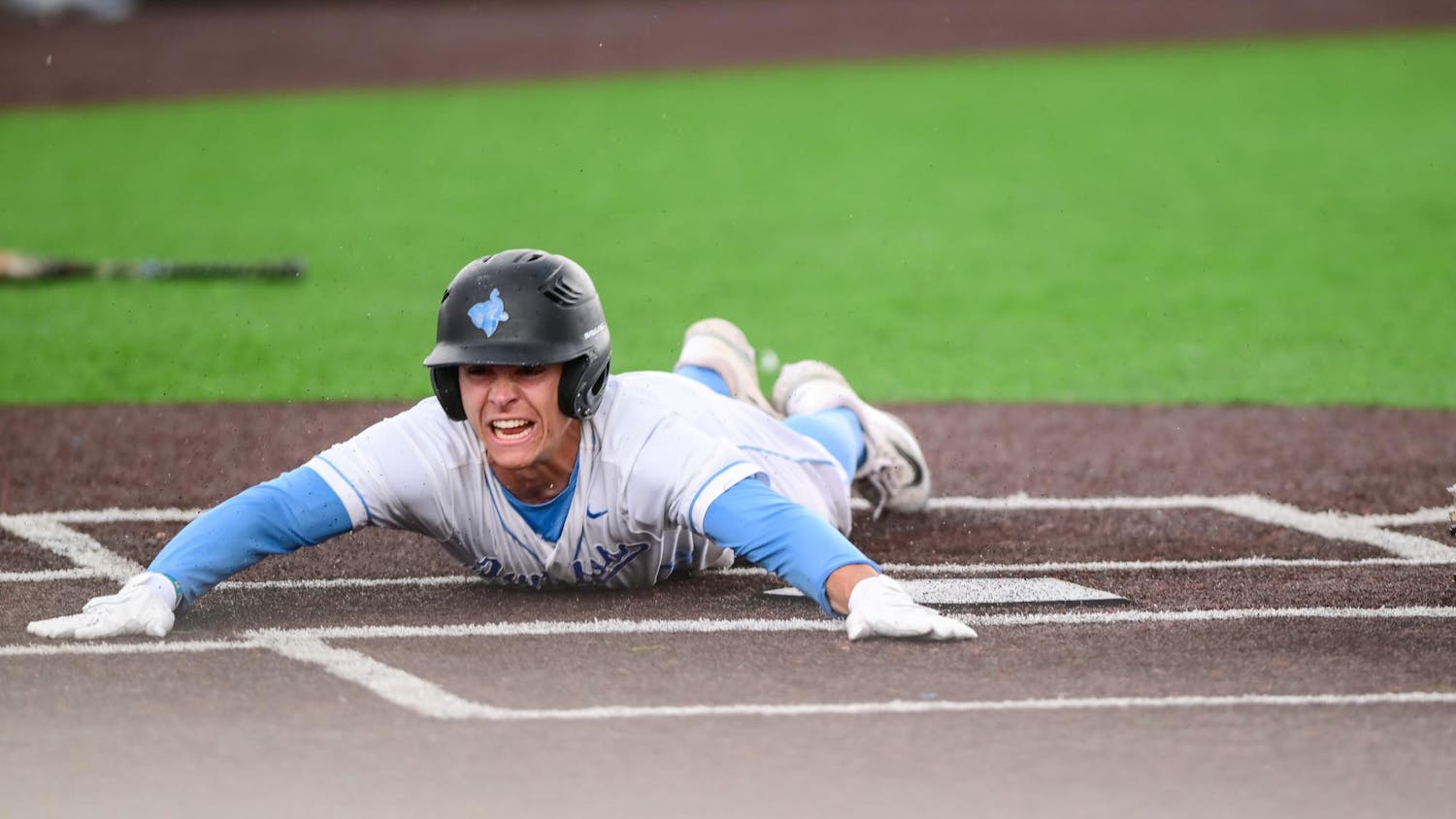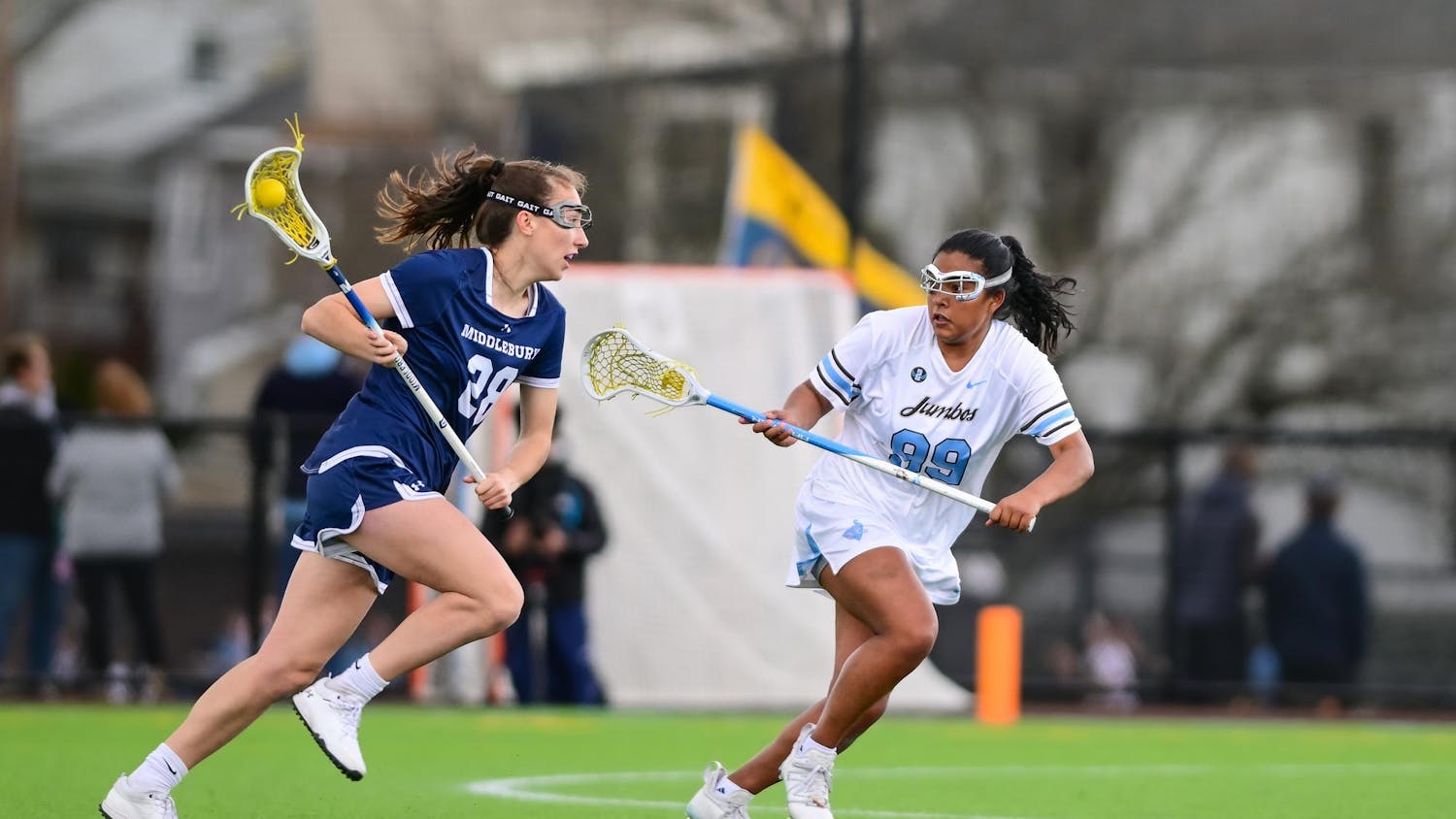Brett Favre was not the only superstar that made a comeback from "retirement" this year, though he may have received the bulk of the media coverage. No, there is another tights-clad sporting icon that is making his own return to the professional scene: Lance Armstrong.
Unlike Favre, who was only absent from the NFL for the blink of an eyelid, Armstrong really did hang up his racing wheels. Following his record seventh consecutive Tour de France win in 2005, Lance left the sport of cycling. In the three years since, he has occupied himself by running three sub-three-hour marathons and expanding his crusade against cancer at the helm of his LiveStrong foundation. With the exception of a few mountain bike races, he was a complete non-entity on the cycling scene.
In 2009, though, he is back in the saddle.
Since winning his first Tour in 1999, Armstrong has been one of the most closely monitored athletes in the professional sports world. No other cyclist has been subject to as many urine and blood tests as he has, and, despite never failing a test, Armstrong has always been surrounded by a cloud of suspicion. In a sport with a long history tainted by rampant cheating, it is hard to believe that anyone could accomplish what he has without the help of the best drugs and doctors available.
Jacques Anquetil, a great French cyclist of the 1950s and '60s and five-time Tour winner, once commented that it was unrealistic that "they expect us to ride the Tour on mineral water."
Today, though, dopers are more the exception than the rule, and strict regulations are in place to make the sport as clean as possible. The testing protocols of professional cycling may even soon serve as the standard for other professional organizations like the MLB and NFL, where testing is comparatively lax.
Armstrong has made this testing an integral part of his return to the professional peloton (as the pack of cyclists in a race is called). He has pledged to be as transparent as possible and publish publically the results of all his blood and urine tests to prove once and for all that he races -- and wins -- cleanly.
But this comeback, according to Armstrong, is not about a return to glory or a crusade to clear his reputation, though it is hard to imagine that he isn't relishing the return to competition just a little bit. His focus, he says, is on his global cancer initiative. By returning to professional racing, he hopes to promote cancer awareness and help raise funds for research. In order to gain exposure for his cause, Armstrong will be doing a lot more than racing the Tour de France, and his return may serve as a major boost for the sport's popularity in the U.S.
Due to his unparalleled success at the famed race, many people might be inclined to believe that the only race on Armstrong's calendar, or any other cyclist's calendar for that matter, is the Tour de France. This could not be further from the truth.
A professional cyclist will race as many as 100 or more days in a year, traversing the globe to participate in major competitions all over the world. There are two other major stage races identical in format to the Tour de France, called the Giro d'Italia and the Vuelta España. Collectively, these three races are known as the Grand Tours. There are also numerous one-week-stage races -- essentially shorter versions of these three races -- as well as countless one-day races.
The first such race for Armstrong and many other cyclists this season was the Tour Down Under in Adelaide, Australia.
The Tour, which ended this past Sunday, is a six-stage race that takes place over the course of six days. Races with this format, such as the Tour de France, have numerous different competitions going on simultaneously.
Each day there is a winner of that individual stage, which is the first rider to cross the finish line. The winner of the entire tour, though, is the rider with the best cumulative time over the course of all the stages. It is possible, and even likely, to win a tour format race while only winning a single, or sometimes no, individual stage. Armstrong, for example, garnered just a single stage win on four occasions while on his way to his seven overall Tour de France titles. The winner of an individual stage might simply lose too much time on other more difficult stages to be in overall contention.
Time bonuses are also often awarded at the finish line to the top three finishers. These time bonuses play a major factor in a race like the Tour Down Under, in which there are not many long climbs like those in the Alps and Pyrenees that can cause major splits in the peloton and allow riders to gain time on their rivals. In the Tour Down Under, the peloton usually arrives at the line fairly intact, resulting in a mass sprint finish contested by the peloton's fastest men over the final 500 meters. Consequently, time bonuses can be critical in determining the overall winner.
Such was the case this year, when Australian Allan Davis of the Belgian Union Cycliste Internationale (UCI) ProTeam Quick Step won the Tour by just 25 seconds. On his way to victory, Davis nabbed three stage wins, all from bunch sprints, securing the time bonuses he needed to take the overall victory.
Armstrong finished 49 seconds down, 29th in the overall standings. The result is on par with expectations as he earns his living on the grueling mountain passes that rarely see riders cross the line in groups.
As a member of team Astana, Armstrong will not always be the favorite to win anymore. With 2007 Tour de France and 2008 Giro and Vuelta champion Alberto Contador on the team, Armstrong will likely find himself in a supporting role, helping guide the 26-year-old Spanish phenom to victory. He is, after all, 37 years old, and the oldest Tour de France winner ever was 36.
The next major race for the professional peloton is the nine-day Amgen Tour of California, which starts on Feb. 15. Armstrong may not be the team captain there either, as the defending champion, American Levi Leipheimer, also rides for Astana.
It may take some time to find out just how good Armstrong still is, as his opportunity to race for the win may not come right away. July's Tour will be the ultimate test of whether or not he has returned to his former glory, but there will undoubtedly be a number of stops along the way at the major one-day and stage races for him to prove himself. No matter the results, though, Armstrong's journey this year will serve as a great lesson for the American audience: There is more to cycling than just the Tour de France.





